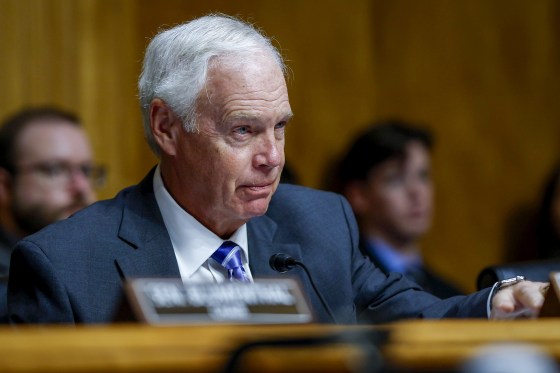Inside Congress’s Debate Over the Big Beautiful Bill: What’s at Stake?

The U.S. Congress is currently immersed in heated debates over what many are calling the "big beautiful bill." This ambitious piece of legislation aims to tackle a broad range of domestic policy issues. With President Trump’s agenda front and center, party leaders, lawmakers, and policy watchers are closely following the twists and turns as this bill makes its way through the House and Senate. In this article, we examine what’s in the big beautiful bill, the different perspectives, and what its future could mean for Americans.
What Is the Big Beautiful Bill?
The phrase "big beautiful bill" has come to represent a sweeping legislative package designed to reshape domestic policy. This bill includes proposals on tax reform, Medicaid adjustments, clean energy investments, and border security, among others. Supporters tout its comprehensive approach, but opponents caution that its size makes it susceptible to political gridlock and controversial amendments.
Major Policy Provisions and Points of Contention
A primary obstacle for the big beautiful bill is reaching consensus within both chambers of Congress. As NBC News reports, Senate Republicans have voiced strong objections to several provisions. Concerns include potential increases to the national deficit and deep cuts in federal programs like Medicaid. Some senators argue the proposed spending reductions are not sufficient, while others are worried about slashing clean energy funding.
Another sticking point is the bill’s impact on Medicaid. Some lawmakers, such as Sen. Josh Hawley and Sen. Susan Collins, openly oppose cuts to Medicaid out of fear they could harm rural hospitals and low-income Americans. This division highlights the challenge of passing such a big beautiful bill with broad-reaching effects.
Legislative Hurdles and Political Dynamics
Advancing the big beautiful bill through the House also faces complications. According to POLITICO’s live updates, several members of the House Budget Committee have signaled they will oppose the measure in its current form. These lawmakers demand greater transparency around the bill’s cost and question some of its assumptions. Additionally, disagreements about Medicaid funding changes threaten to erode party unity, making a successful vote less certain.
Despite these challenges, House leadership remains determined to proceed. Speaker Mike Johnson and committee chairs are working tirelessly to rally support and navigate the big beautiful bill through legislative procedures before Memorial Day. The situation remains fluid, and ongoing negotiations could yield further changes to the bill’s content.
For those seeking more context on the political landscape surrounding the big beautiful bill, further reading from the New York Times can provide broader insights into the national conversation.
Why the Outcome Matters
The fate of the big beautiful bill will directly impact issues such as healthcare access, clean energy advancement, and tax policy. Its passage (or failure) has the potential to reshape federal priorities and set the tone for legislative battles ahead. With the stakes so high, Americans from all walks of life are urged to stay informed and engaged.
Conclusion
The big beautiful bill represents one of the most comprehensive and controversial pieces of legislation in recent years. Its journey through Congress is a testament to the complexities of policymaking in a divided government. As debates continue, one thing is clear: the outcome will have lasting implications for the nation. Stay tuned, remain informed, and consider reaching out to your representatives to voice your views on the big beautiful bill.